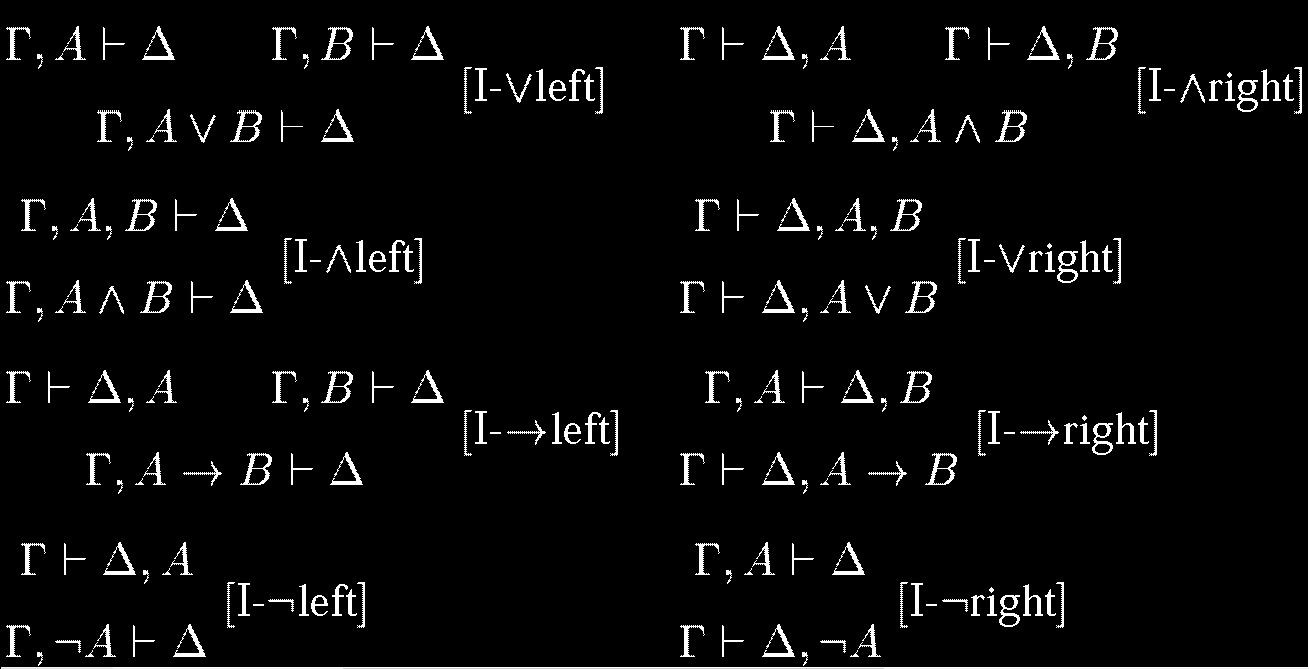Introduction
Intersectionality theory emerged from the namesake concept coined by Kimberlé Crenshaw. The motive for the coinage was to highlight how some subgroups among groups of vulnerable people are worse off than their peers and deserve more activism and beneficent policy on their behalf. This, because they face unique additional vulnerabilities; and, so, both suffer a more diverse array of problems and benefit less from beneficent policies and activism on behalf of the group members facing a few common and interrelated problems (Crenshaw 2015).
Crenshaw’s coinage was inspired by the case of black women workers suing General Motors for discrimination. They alleged GM employment policies made it that jobs awarded to black workers were men’s jobs and women’s jobs were awarded to white women workers leaving black women workers without a chance at a GM job. The court rejected their case for combining claims about sexist discrimination with claims about racist discrimination.
There is, however, a more general case to be made against the very idea that the most vulnerable among the vulnerable are entitled to a larger share of activism and beneficent policy on their behalf than their peers who face fewer, and interrelated, problems in common. The claim that we ought first to make the worst off better off–even at the cost of leaving the badly off to their fates–presupposes it is better all things considered for the worst off to be better off than those, merely, badly off. But this is patently false. I’ll marshal three arguments showing that making the worst off better off at the expense of the badly off is not the best one can do when doing good; leads to disproportionate resource allocation and is inegalitarian; and, destroys value.
- Making the worst off better off at the expense of the badly off is not the best one can do when doing good.
Imagine a donor willing to pay for the education of one of two Somali boys Abaskuul and Abtidoon. Abaskuul is 3 years old and has been diagnosed with terminal cancer. Abtidoon is 3 years old and was given a clean chit of health last month. Following the intersectionality theorist’s recommendation the donor would be advised to donate for the education of Abaskuul who is the worst off–his shorter expected life, and lower quality of life makes his case more desperate than that of Abtidoon. But if the medical diagnoses of both boys are credible paying for the education of Abaskuul is the worse beneficent action; it creates no increment in well-being. The money would be better spent on educating the healthy boy, Abtidoon, who could make something of his life from the opportunities afforded him by the donation. Clearly making the worst off, Abaskuul, better off than the badly off, Abtidoon, is–to the discredit of intersectionality theorists–not a sound recommendation for doing good best.
- Making the worst off better off at the expense of the badly off leads to disproportionate resource allocation, and, so, is inegalitarian.
If the worst off are in their predicament due to the diversity and number of the problems they face over and above those they share in common with the badly off making them better off will involve greater policy action and resource expenditure on their behalf. Given that resources for beneficent policy making and activism are limited giving more to the worst off leaves less for use in the interests of the badly off. Ergo, making the worst off better off at the expense of the badly off leads to disproportionate resource allocation, and, so, is inegalitarian.
- Making the worst off better off at the expense of the badly off destroys value.
Imagine again the case of Abaskuul and Abtidoon who share the problem of poverty as an obstacle to their education, employment, and, ultimately, securing a decent standard of life in their adulthood. Given Abaskuul has a tragically short expected life his expected lifetime earnings are nil. As Abtidoon has a longer expected life his expected lifetime earnings can be assumed to be greater than that of Abaskuul. The net present value, NPV, of future cash flows is the sum of the cash flows divided by an appropriate discount rate. Assume this discount rate is equal to the prevalent interest rate in the home country of the donor who pays for Abtidoon’s education, or any non-zero discount rate, and is used as a common denominator in the equation with Abtidoon’s and Abaskuul’s lifetime earnings as the numerator on the left and right hand sides respectively. Then, the NPV on the left hand side, Abtidoon’s, is greater than that on the right hand side, Abaskuul’s. Therefore, if the donor pays for Abaskuul he destroys a value equal to the difference between the NPV of the expected lifetime earnings of Abtidoon and Abaskuul.
Conclusion
Arguments 1., 2., and 3., respectively demonstrate making the worst off better off at the expense of the badly off is not the best one can do when doing good; leads to disproportionate resource allocation, and, so, is inegalitarian; and, destroys value. Together these arguments make a robust case against the soundness of the presumption that one does good best in making the worst off better off at the expense of the badly off–the fundamental premise of intersectionality as a normative, or descriptive, theory about the best ways to address remediable unique vulnerabilities of individuals vis-à-vis the common vulnerabilities of larger groups.
REFERENCE
Crenshaw, K., (2015). “Why intersectionality can’t wait.” The Washington Post: In Theory, Opinion. September 24, 2015.
